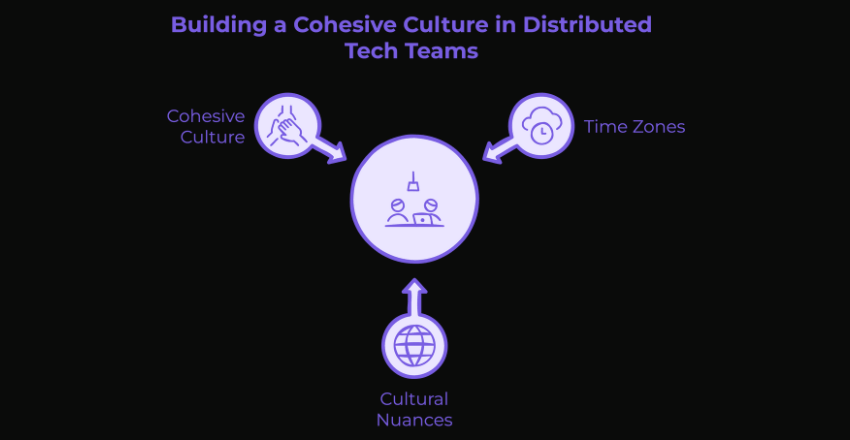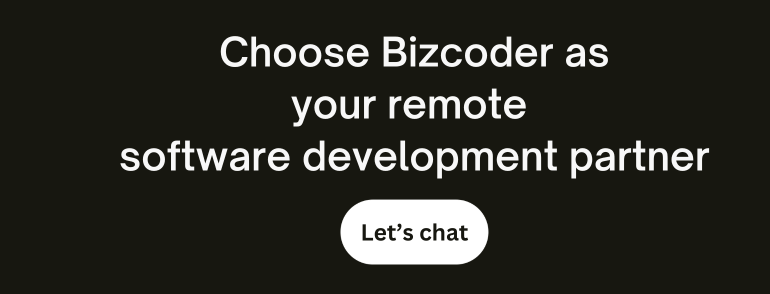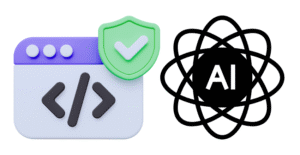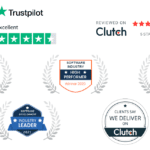Navigating time zones and cultural nuances while maintaining a cohesive culture is a hurdle that many companies fail to overcome, leading to fractured teams and mediocre outputs.
Transform your approach and successfully build a culture that fosters innovation and unity in your remote team. Leverage these four hypothesis-driven strategies for impactful results.
Hypothesis 1: Clear Communication Channels Drive Cultural Alignment
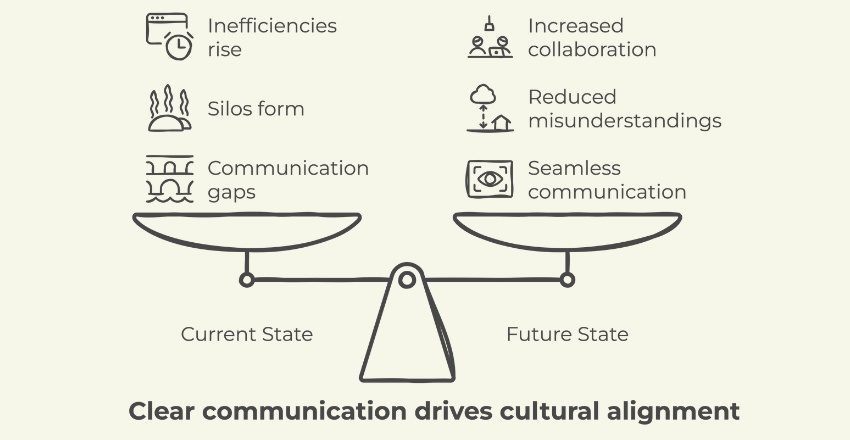
A. Current State Analysis
The foundation of any distributed team’s success begins with effective communication. Yet, when assessing most teams, we often find communication gaps. Silos form, information gets lost in translation, and inefficiencies start to chip away at team morale. Whether it’s unclear expectations or the overwhelming flood of communication tools, something isn’t quite working.
B. Future State Vision
What if your team could communicate as seamlessly as those working side-by-side? By simplifying communication structures and choosing tools that foster transparency—such as Slack for real-time messaging, Zoom for face-to-face meetings, and Confluence for asynchronous updates—distributed teams can align more effectively. When communication becomes smoother, misunderstandings are minimized, and collaboration skyrockets.
C. Testing and Implementation
Start by piloting a few changes. Introduce a single communication tool as the default for specific types of collaboration, or implement guidelines for virtual meetings. Track the efficiency of these changes by measuring the reduction in misunderstandings, faster project turnaround times, and increased team satisfaction. You’ll quickly see how communication can drive cultural alignment.
Hypothesis 2: Shared Goals and OKRs Enhance Team Cohesion
A. Current State Analysis
Every team member has their own objectives, but how often do they align with the broader company goals? In distributed teams, it’s easy for individuals to lose sight of the bigger picture, leading to fragmentation. Without a unified purpose, even the most talented teams can flounder.
B. Future State Vision
To bridge the gap between individual objectives and team goals, introducing a clear OKR (Objectives and Key Results) framework can be a game-changer. This structure ensures that everyone understands not just what they need to achieve, but why it matters. The result? A more motivated team with a shared sense of direction.
C. Testing and Implementation
Roll out the OKR framework in stages, beginning with smaller teams. Set up regular check-ins to ensure everyone is aligned on their personal goals and how they contribute to team objectives. Metrics such as goal completion rates, team performance improvements, and enhanced accountability will serve as indicators of success.
Hypothesis 3: Virtual Team Building Activities Strengthen Cultural Bonds
A. Current State Analysis
Team-building activities play a crucial role in cultivating culture, yet in remote settings, they’re often neglected or poorly executed. Current efforts are often sporadic or feel more like an obligation than an opportunity to build camaraderie. The result? Engagement gaps and a lack of personal connection between team members.
B. Future State Vision
Imagine a team that bonds over shared virtual experiences, whether it’s a fun escape room challenge, a cooking class, or a casual game night. By introducing meaningful, well-structured virtual team-building initiatives, you create opportunities for colleagues to connect beyond their daily tasks, making cultural bonds stronger, even across great distances.
C. Testing and Implementation
Try implementing a virtual team-building pilot, with activities tailored to the preferences and schedules of your team. Measure the program’s effectiveness through employee feedback surveys and by tracking engagement levels over time. Teams that bond are more likely to collaborate effectively, ultimately improving overall satisfaction.
Hypothesis 4: Inclusive Leadership Practices Foster a Unified Culture
A. Current State Analysis
The leadership style within a distributed team significantly impacts its culture. When leadership doesn’t prioritize inclusivity, it can exacerbate feelings of isolation and underrepresentation. Many organizations find gaps in how their leaders accommodate diverse backgrounds and viewpoints within their teams, especially in a nearshore context.
B. Future State Vision
Leaders who prioritize inclusivity can create a unified, empowered team culture. By adopting practices that encourage open dialogue, celebrate diverse perspectives, and ensure that every voice is heard, leaders can foster a sense of belonging within distributed teams. This inclusive leadership not only strengthens cultural bonds but also boosts innovation through diverse thinking.
C. Testing and Implementation
To begin, introduce leadership development programs that focus on inclusivity. Measure success by tracking leadership effectiveness through employee satisfaction surveys and monitoring the overall inclusivity of team decisions and collaborations. The stronger the inclusivity, the more cohesive and resilient the culture.
Synthesis and Roadmap
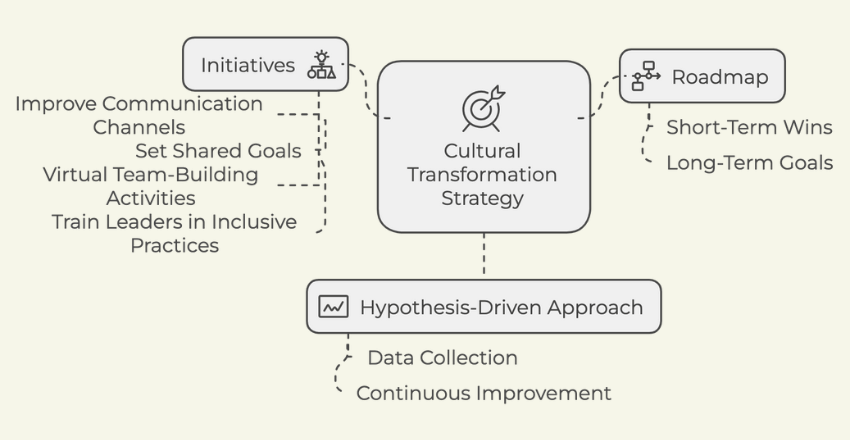
Now, how do all these hypotheses tie together? The key is to integrate them into a comprehensive cultural transformation strategy. Start by prioritizing initiatives based on the specific needs of your team and the feasibility of implementation. For instance, focus first on improving communication channels, then move on to shared goals and virtual team-building activities, all while training leaders in inclusive practices.
Develop a roadmap that outlines clear milestones, with short-term wins like improved communication and long-term cultural transformation goals such as inclusivity metrics. With a hypothesis-driven approach, you create a culture-building plan rooted in data and continuous improvement.
Problems, Consequences and Solutions
When it comes to building a cohesive culture in distributed tech teams, there are a few common problems that people face, and they’re often not talked about enough. These issues can have far-reaching consequences if not addressed properly. Here’s what I’ve observed from industry experience:
1. Problem: Information Silos and Lack of Cross-Functional Visibility

In distributed teams, departments or individual team members can easily become isolated. Different time zones, varying communication styles, or even differences in priorities create information silos, where knowledge stays locked within teams instead of being shared across the organization. This stifles innovation, slows down decision-making, and fosters misunderstandings about other departments’ challenges.
Consequences:
- Missed opportunities for collaboration: Teams are working on similar projects without realizing it, wasting time and resources.
- Poor decision-making: Leaders don’t have access to the insights they need from across the organization, leading to misinformed decisions.
- Team disconnection: Lack of transparency causes confusion about the overall goals and challenges of the company.
Solution:
- Introduce cross-functional task forces or regular knowledge-sharing meetings: These can be casual, but the goal is to get different departments sharing what they’re working on.
- Use collaborative platforms like Notion, Confluence, or Miro: Ensure everyone has access to the same documentation, updates, and project roadmaps. Make it a habit for every team to regularly contribute updates and cross-post important milestones.
- Set clear guidelines for information sharing: Build it into your team culture that it’s an expectation—not a burden—to share relevant insights and roadblocks across departments.
2. Problem: Inconsistent Communication Cadence
Remote teams often suffer from misaligned communication rhythms. Some people prefer daily check-ins, others prefer weekly updates. This inconsistency leads to confusion, where one part of the team may feel “in the loop” while others feel neglected or uninformed. It also increases the chance of things slipping through the cracks.
Consequences:
- Drop in team morale: Those who feel disconnected from key conversations can experience frustration and disengagement.
- Task overlap or delays: Without consistent updates, teams might duplicate work or miss deadlines.
- Reduced trust: Lack of regular updates leads people to assume others are not being transparent.
Solution:
- Create a clear communication framework: Define how often teams should meet (e.g., daily stand-ups, weekly retrospectives) and via which channels. Having set rhythms for communication makes it clear when important updates are coming and ensures no one is left out.
- Use asynchronous updates where possible: This is critical in different time zones. Implement tools like Loom for video updates or Slack channels dedicated to status updates. This allows everyone to catch up on their own time but still remain in the loop.
- Define communication expectations for everyone: Ensure leaders model this behavior by consistently providing updates and encouraging feedback from their teams.
3. Problem: Ineffective Cultural Integration of New Hires
When hiring new team members in distributed teams, especially those from different regions or cultural backgrounds, it can be difficult to ensure they are properly integrated into the team’s existing culture. Without the benefit of in-person interactions, new hires might struggle to understand the company’s core values or how to navigate its informal communication channels.
Consequences:
- Misalignment with company values: New hires may not grasp what behaviors are expected of them or how the team functions.
- High turnover rates: If new employees feel lost or disconnected, they are more likely to leave the company early.
- Lower performance: Employees who don’t feel integrated take longer to contribute meaningfully.
Solution:
- Create a structured onboarding process for remote hires: Include a virtual “culture week” where new hires meet various team members, learn the company’s values, and get a comprehensive guide to informal communication styles.
- Assign a “culture buddy”: This is a team member dedicated to helping the new hire navigate the company culture and informal networks.
- Foster team rituals and shared experiences: Even something as simple as a monthly “virtual coffee” or quarterly company-wide online retreat helps new hires feel like part of the family quickly.
Culture is not built overnight, especially in distributed tech teams. However, by adopting a hypothesis-driven approach, you can experiment, iterate, and ultimately create a strong, cohesive culture that not only improves team performance but also fosters innovation. Whether through clear communication, aligned goals, or inclusive leadership, each small change has the potential to create lasting cultural impact.


